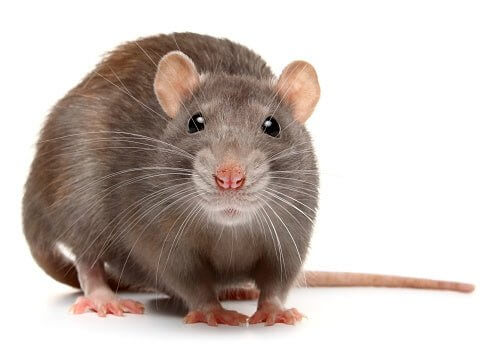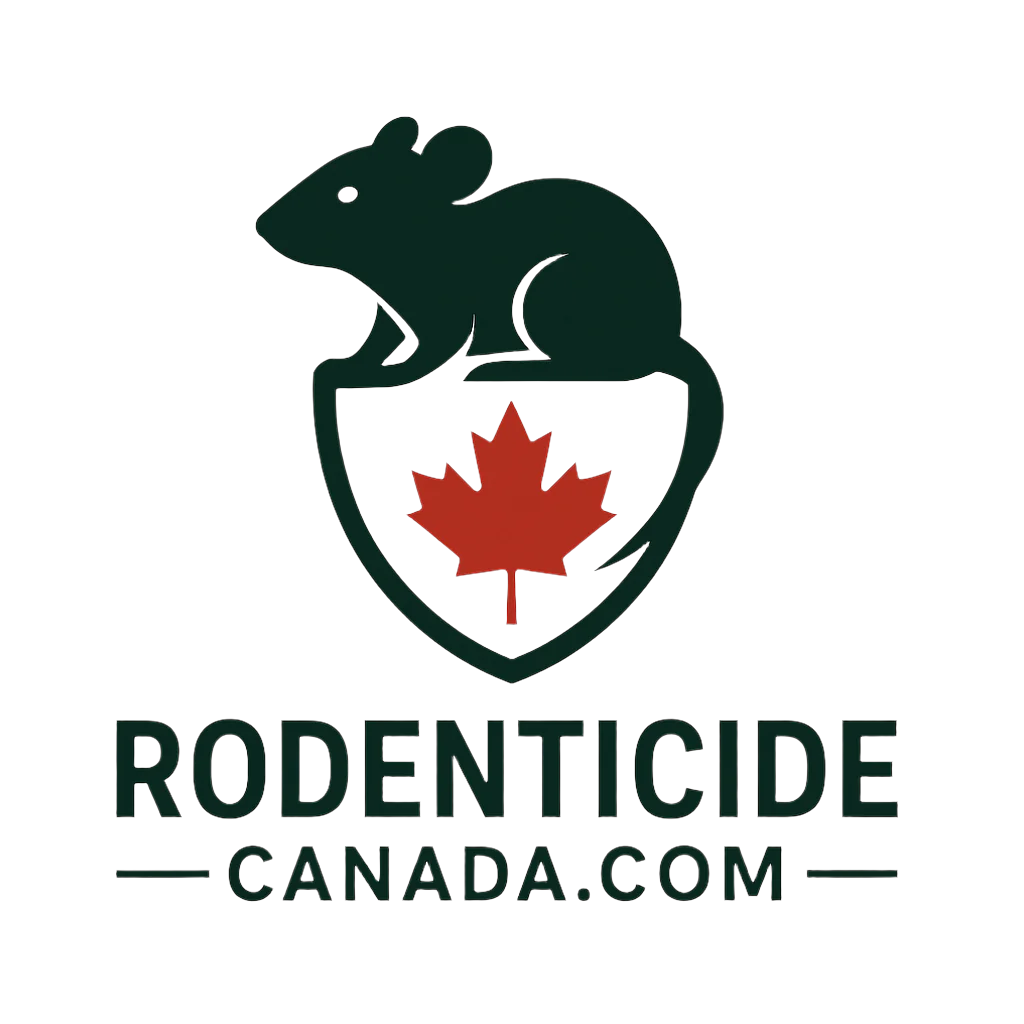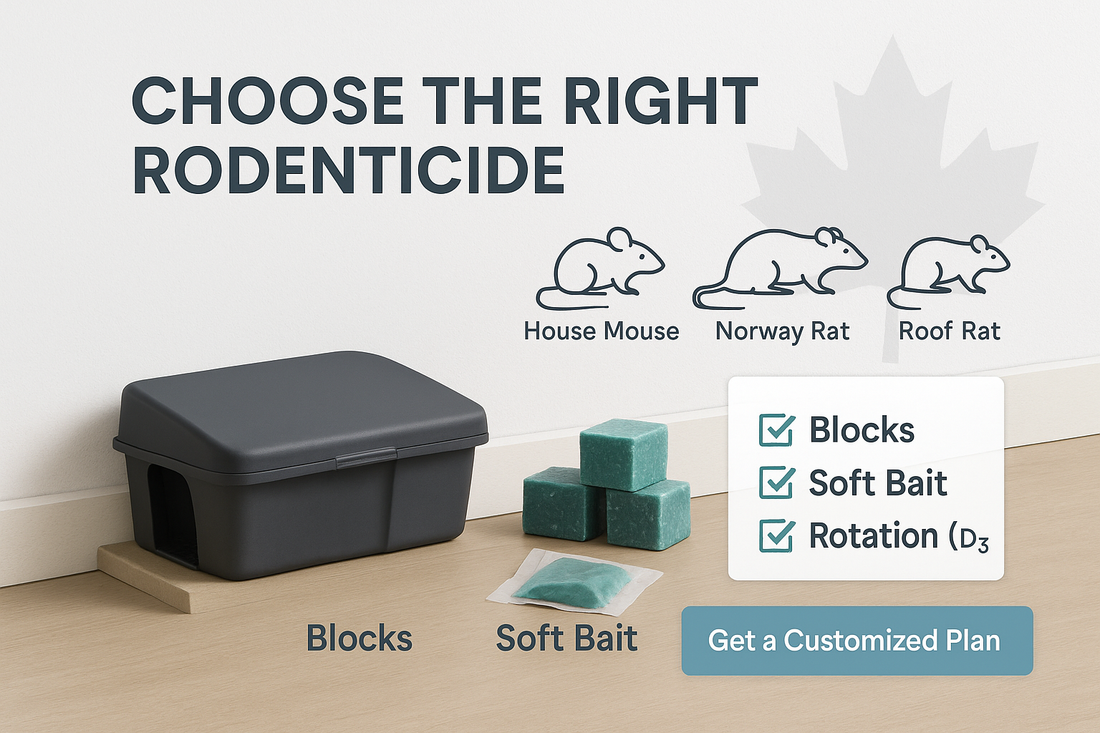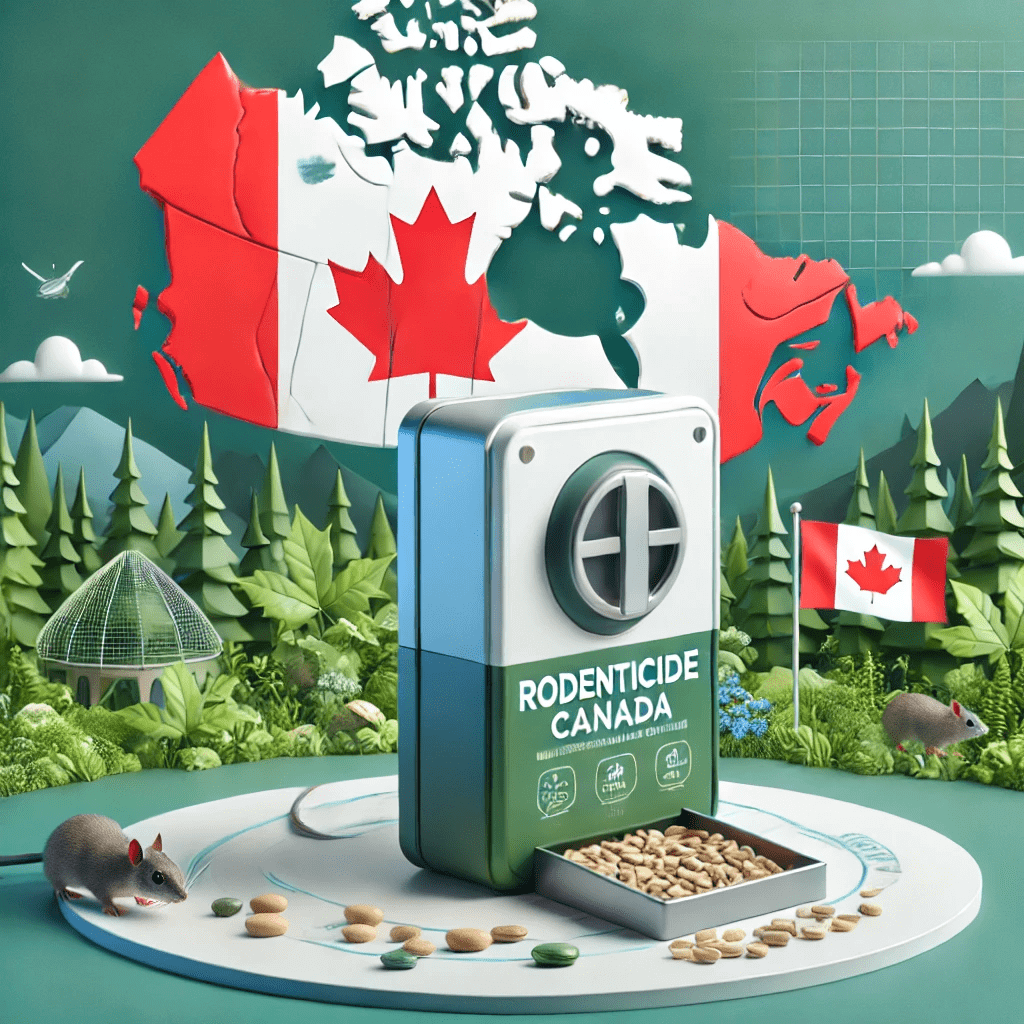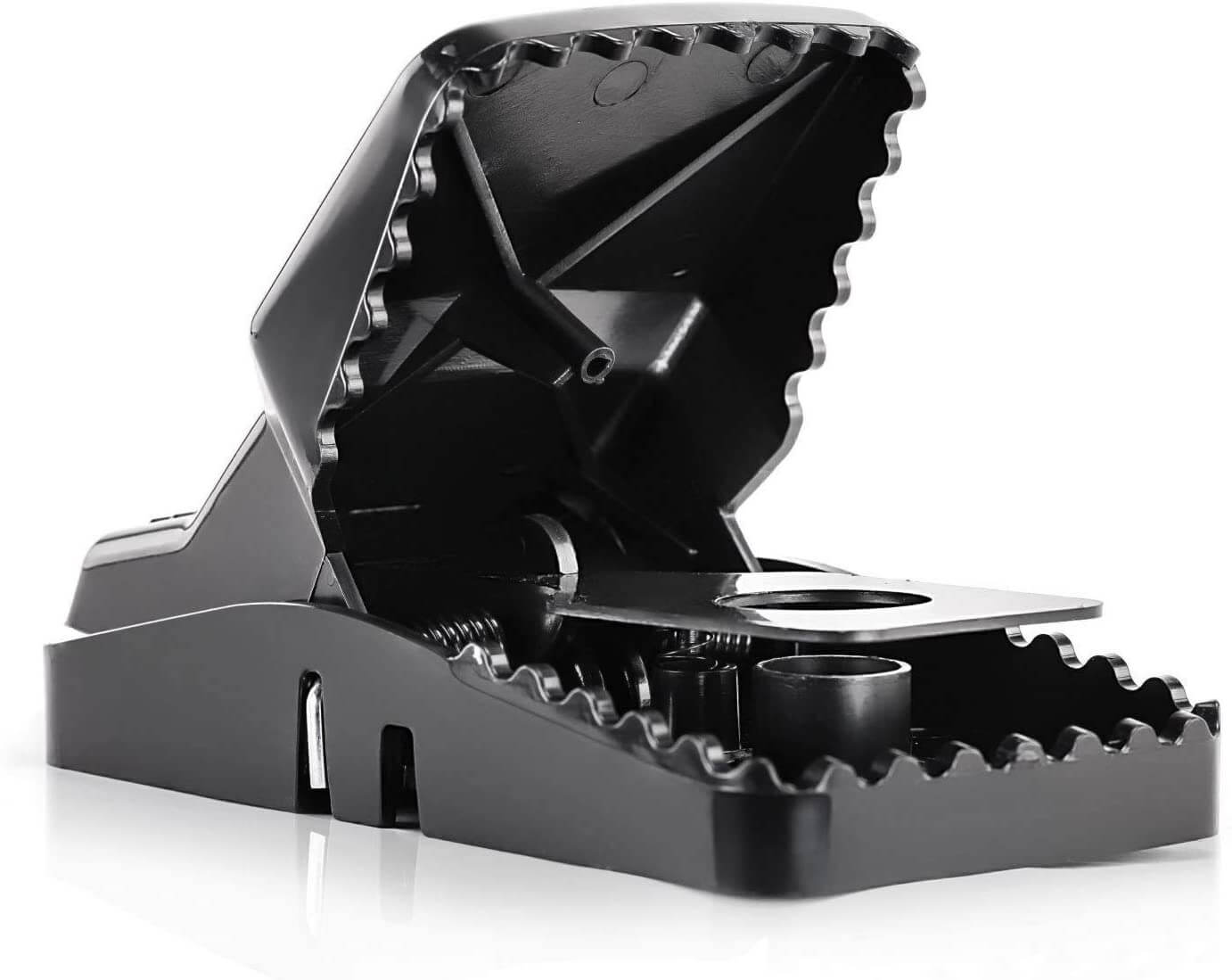Rodents rats mice mouse can be a major problem for homeowners and businesses in Canada. They can carry diseases, cause damage to property, and contaminate food sources. To combat this issue, many people turn to rodenticides, which are chemicals used to kill rats and mice.
However, it's important to use these products safely and responsibly. In this article, we'll discuss the types of rodenticides available in Canada, their risks and benefits, and how to use them effectively.
Types of Rodenticides
There are two main types of rodenticides available in Canada: anticoagulant and non-anticoagulant. Anticoagulant rodenticides work by preventing blood clotting, leading to internal bleeding and eventual death. Non-anticoagulant rodenticides, on the other hand, use different methods to kill rodents, such as attacking the nervous system or causing dehydration.
Anticoagulant rodenticides are more commonly used because they are generally considered safer for humans and other animals. However, they can still pose a risk if ingested in large quantities. Non-anticoagulant rodenticides are typically used in situations where rats and mice have developed resistance to anticoagulant products.
Risks and Benefits
While rodenticides can effectively control rodent populations, they can also pose a risk to humans and other animals. Accidental ingestion of rodenticides can cause serious health problems, and improper use can lead to environmental contamination.
To minimize the risks, it's important to use rodenticides according to the label instructions. This includes storing them out of reach of children and pets, using bait stations or other protective devices, and properly disposing of any unused product. It's also a good idea to use non-toxic prevention methods alongside rodenticides, such as sealing up entry points and keeping food sources sealed.
Despite the risks, rodenticides do have benefits when used responsibly. They can effectively control rodent populations, reducing the risk of disease transmission and property damage. They can also be more cost-effective than other methods of rodent control, such as trapping.
Using Rodenticides Effectively
To use rodenticides effectively, it's important to identify the type of rodent you are dealing with and choose a product that is appropriate for the situation. The label instructions will also provide guidance on the amount of product to use and how often to apply it.
When using rodenticides, it's important to monitor the bait stations regularly to ensure that the product is being consumed and to replace any empty or contaminated stations. It's also important to check for signs of rodent activity, such as droppings or gnaw marks, and to continue using preventative measures to keep rodents from returning.
Conclusion
Rodenticides can be a useful tool in controlling rodent populations, but they must be used responsibly to minimize the risks to humans and other animals. By choosing the right product, following the label instructions, and using preventative measures, homeowners and businesses in Canada can effectively control rodent populations and keep their properties safe and healthy.
